Pat Beauvais founded the Heart & Soul Equine Foundation, a non-profit organization providing equine assisted therapy for adults and children.
They utilize retired or rescued former racehorses to offer a distinct therapeutic experience. This therapy benefits individuals with various mental and physical conditions such as depression, post-traumatic stress disorder (PTSD), strokes, and dementia.
The equine therapy sessions also provide purpose and rejuvenation for the retired working horses who used to race at racetracks nationwide.
Not all racehorses go on to lucrative careers in breeding or competition sports like show jumping after retirement.
Many, especially those that had average performance or suffered from illness or injury, face a crueler fate of being sent to slaughterhouses.
Do Race Horses Have Good Lives After They Retire?
The average thoroughbred horse typically has a racing career of 2-3 years before retiring due to various factors such as poor performance, illness, injury, or behavioral issues.
Despite their short-lived racing careers, horses have an average lifespan of 25-30 years. So, what happens to retired racehorses after they’ve been used up in a multi-billion dollar industry?

Males with successful race records often become stud horses, contributing to the breeding of the next generation of racing champions.
Horses that remain athletic after constant participation in races with high purses may transition to timed competitions like show jumping, eventing, or barrel racing.
Others find new roles as trail riding horses or work in guiding and managing livestock on ranches.
Unfortunately, not all retired racehorses are fortunate enough to have these opportunities. Some are slaughtered for their meat, which is consumed globally.
How Many Race Horses End Up At Slaughter Houses?
According to PETA, the Thoroughbred-racing industry is responsible for around 10,000 horses being sent to slaughter annually, indicating that roughly half of the 20,000 new foals born each year will eventually be killed for their meat.
In 2015, approximately 130,000 American horses were slaughtered in Mexico and Canada, then exported to Europe and Asia to meet the demand for horse meat.
Affirmed made history on June 10, 1978, by becoming the eleventh horse to win the Triple Crown. Nearly twenty-two years later, Affirmed’s granddaughter, Fudge Ripple, ended up at an auction after passing her genetic excellence onto foals bred for racing.

Although there were plans to send Fudge Ripple to slaughter for her meat, she was fortunate to be rescued by the Unbridled Thoroughbred Foundation.
Pat Beauvais found herself in a similar situation with her horse, Remy, whom she saved from slaughter for $2,500.
Pat explained that there is an increasing number of horses without a clear future once they retire from racing.
While there are organizations at the racetracks dedicated to rehoming retired race horses, not everyone wants to cover the expenses.
With the rising costs of grain and hay, an increasing number of people will struggle to provide for these horses, resulting in a growing problem.
Horse Slaughter Is Illegal In The United States, But That Hasn’t Stopped The Industry
Until 2007, horse slaughter was permitted in the United States. However, the Agriculture, Rural Development, Food and Drug Administration, and Related Agencies Appropriations Act of 2006 eliminated federal funding for horse slaughter plant inspections, thereby effectively prohibiting horse slaughter within the country.
Since then, this ban has been renewed annually, resulting in the closure of the last three horse slaughterhouses in 2007.
Although horse slaughter no longer occurs in the United States, horses still face risks. Instead, horses destined for slaughter are transported to facilities in Mexico and Canada.
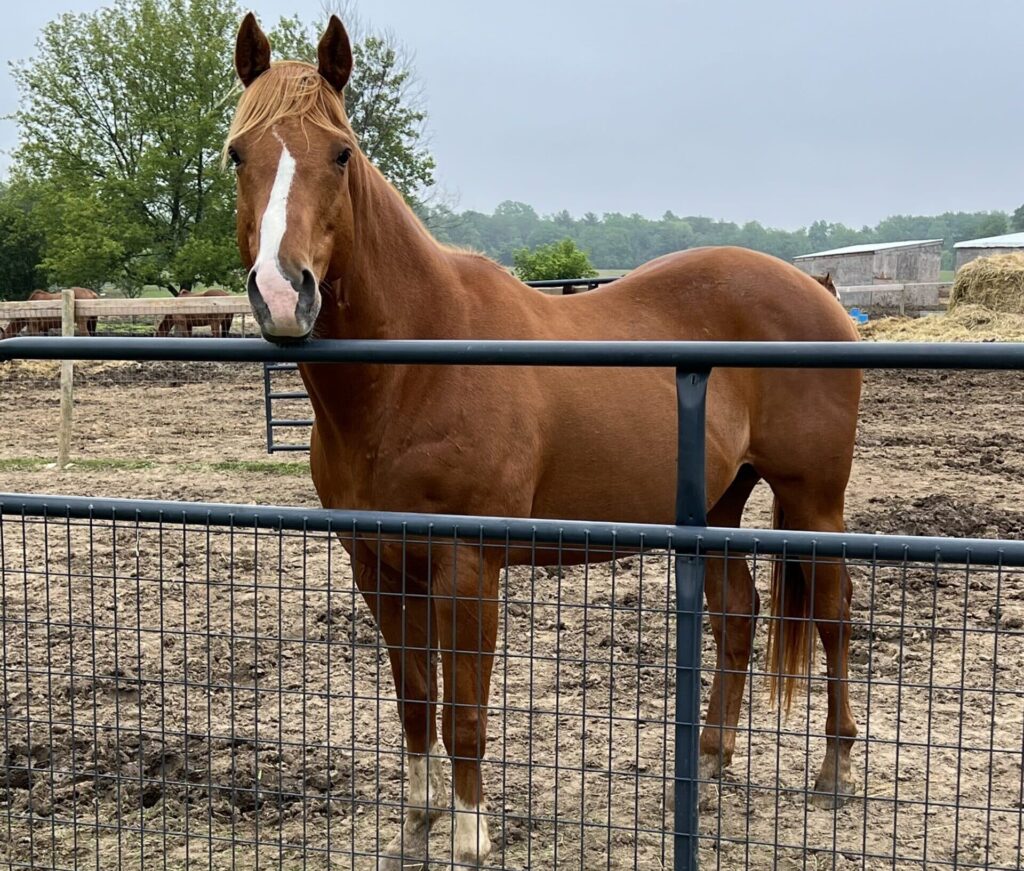
In 2020, it is estimated that approximately 36,885 horses from the United States were sent for slaughter, which is a decrease from 130,000 in 2015. However, this practice continues to persist, and its cruelty remains unquestionable.
To the best of Pat’s knowledge, there are currently four active and licensed horse haulers in the United States, some of whom are affiliated with a non-profit “horse rescue” organization.
Though, if the horses fail to find adoptors, they ultimately face slaughter. Remy’s case serves as a prime example – he was sold to a slaughter pen, and there was a brief window of opportunity to rescue him.
In an effort to save Remy, Heart & Soul Equine Foundation organized a fundraiser and purchased him for $2,500.
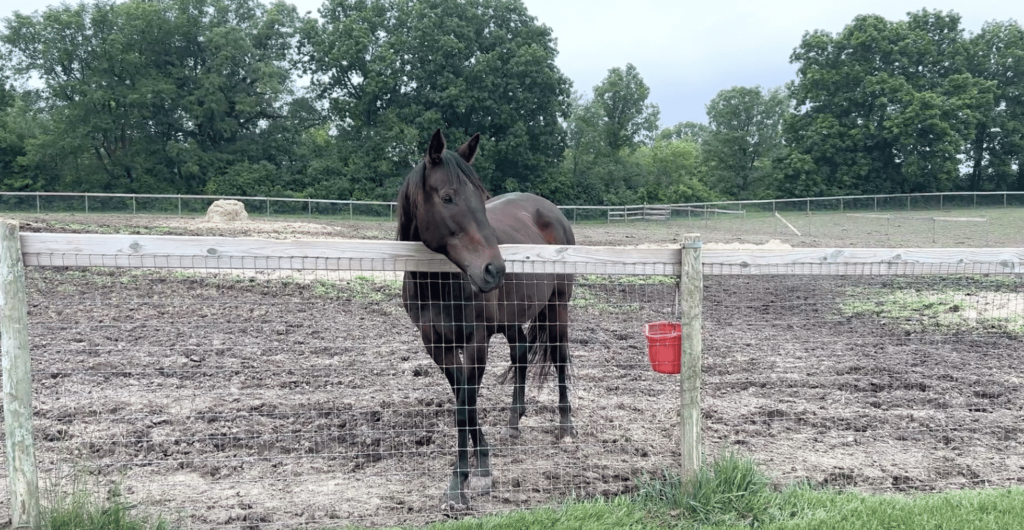
Pat estimates that the hauler made a profit of $1,900, likely having paid $600 for the horse. Tragically, when Remy arrived at the foundation, he was traumatized.
He harbored fear towards people and other horses, a consequence of being forced to fight for food while awaiting slaughter. Remy and other horses were thrown into small pens together, where they fought for scarce resources.
Upon his arrival at Heart & Soul Equine Foundation, Remy was severely malnourished and underweight. Due to his fear of the herd, Pat had to separate him from the other horses.
After two years of intensive rehabilitation, Remy was successfully integrated with the foundation’s 41 other equines.
Today, he happily plays and seeks affection from the foundation’s human handlers. Remy has even taken on his first patient – a young girl – and according to Pat, he has been “perfect” with her.
Equine Therapy Benefits The Patients And The Horses
The Heart & Soul Equine foundation is a dual-purpose initiative. It not only rescues horses from potential harm but also assigns them a “new purpose” of aiding ailing individuals, both children and adults.
Pat’s horses support patients with a range of conditions, from anxiety and learning disabilities to traumatic brain injury, paralysis, Alzheimer’s, and hospice care.
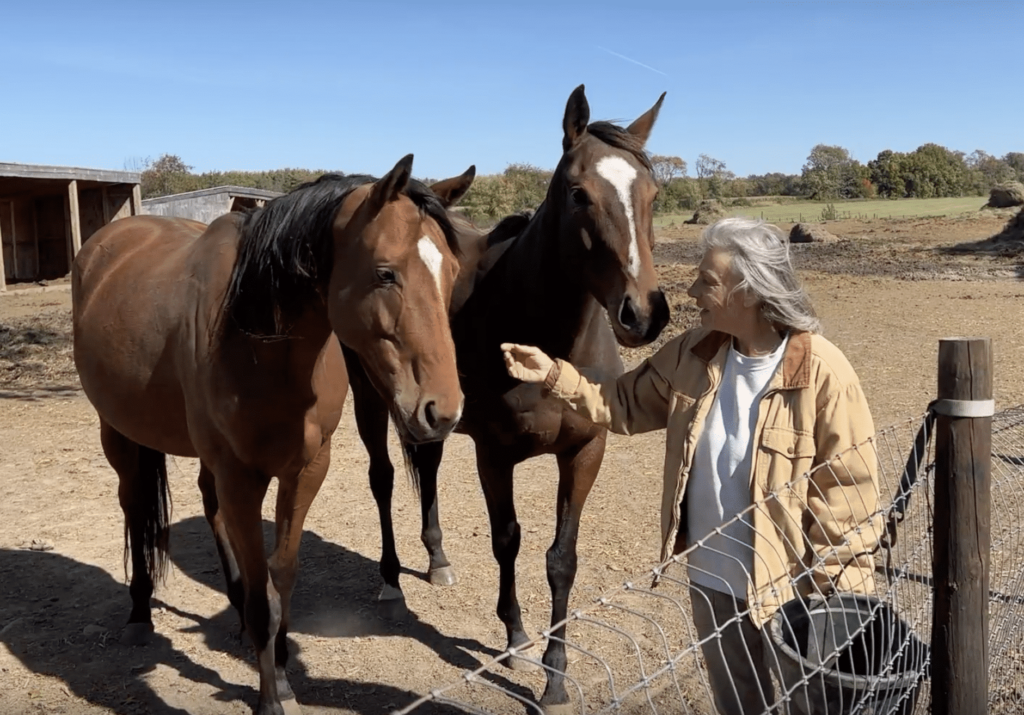
Participants learn the proper way to groom, interact with, and build a connection with the horses. Some are even taught how to ride, especially children.
Their most successful program is the Buddy Program, which pairs a participant with a specific buddy horse. Spending time with these horses helps combat loneliness and depression.
Equine therapy offers numerous benefits, including reduced anxiety and isolation, increased trust and impulse control, improved self-esteem, and greater happiness.
Did you miss Cathy Morelli’s Featured Showcase?
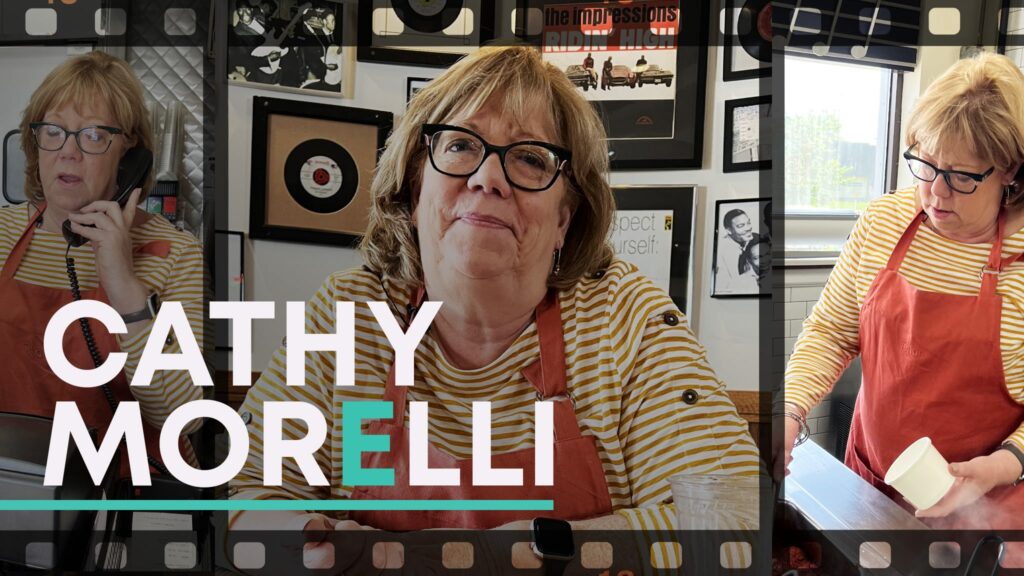
According to Deborah Glesler, Executive Director of Synapse House, the therapy greatly benefits members recovering from traumatic brain injuries and strokes.
Working with Pat’s horses allows these individuals to work on various skills. It helps those with cognitive impairments to focus, follow instructions, and communicate.
Individuals with physical limitations benefit from refining their fine motor skills through actions like feeding the horses or petting them.
Glesler finds equine therapy far more rewarding than doing exercises indoors. It also empowers the members, who themselves need care, to care for another living creature.
Why Pat Beauvais Is A Hero
The Heart & Soul Equine Foundation is a formidable undertaking for Pat Beauvais, a determined individual with a proven track record of accomplishment.
For sixteen years, from 1993 to 2009, Beauvais served as the First Ward Alderman in her hometown of Des Plaines, IL.
Following her time in office, she was appointed to the Illinois Racing Board for the 2011 season. Over the past decade, she has worked as a Field Operations Advisor for Advocate Health Care.

Initially, Beauvais managed the foundation from a farm in Kentucky, but she recently purchased a farm in Harvard, Illinois, just south of the Wisconsin border, to house her 42 rescue horses.
Unfortunately, soon after moving to the new location, the pandemic struck. As a result, prices skyrocketed and lockdowns caused a decline in both volunteer and donor support.
Despite the soaring costs of caring for her herd, Beauvais has ensured that equine therapy remains accessible to those in need, providing it free of charge.
She recognizes that the people who could benefit the most from the therapeutic value of horses often lack the necessary financial resources. Beauvais firmly believes that the purpose of helping others and benefiting the horses should take precedence over monetary considerations.
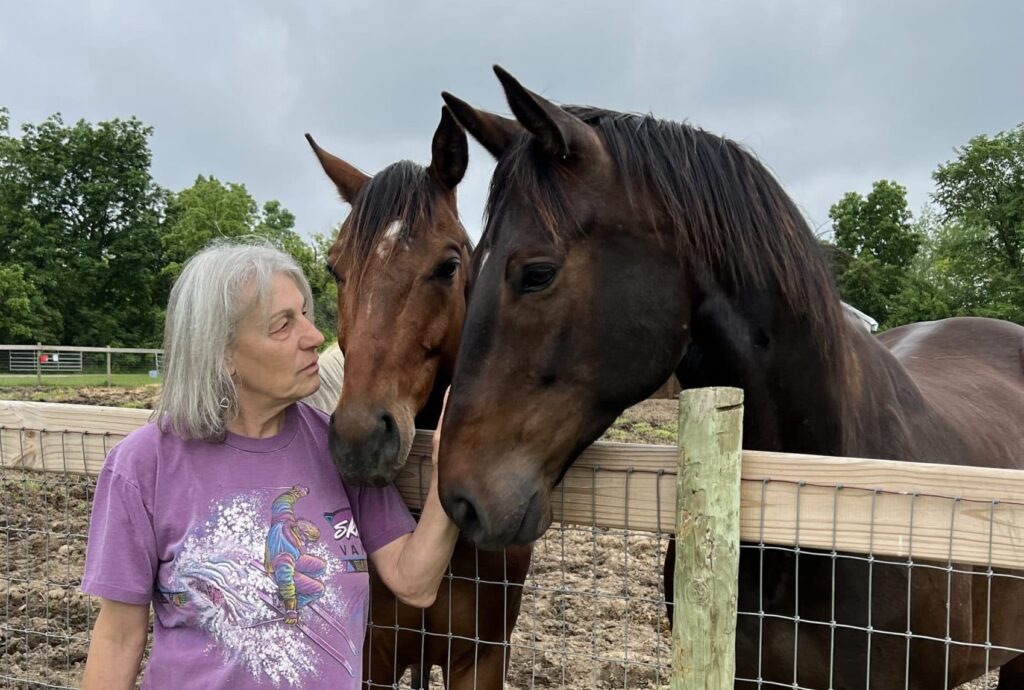
Beauvais unequivocally stated, “I don’t want money to be our guiding force. I want our purpose to lead the way.”
The Heart & Soul Equine Foundation relies entirely on donations and Beauvais’s personal sacrifices for funding.
Last year, she sold her long-standing home in Des Plaines and moved into an unfinished single-story structure on the farm, redirecting the proceeds from the sale to support the welfare of her horses.
Resources
Follow the links below learn more about the Heart & Soul Equine Foundation and donate to the care of the herd.
DONATE to Heart & Soul one time, sponsor one of the horses, or become a corporate sponsor.
Learn more about the foundation’s PROGRAMS.
SCHEDULE AN APPOINTMENT to visit the farm in Harvard, Illinois.
Check out their FACEBOOK page for horse videos, pics, and news.